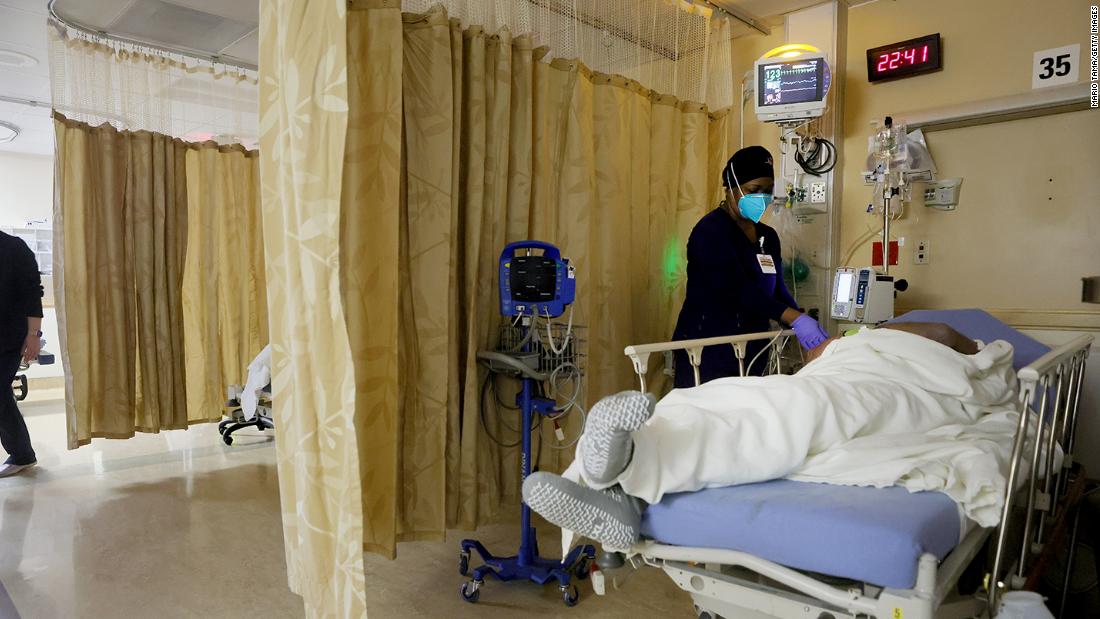More than 97,000 patients remain hospitalized with the virus – a far cry from the country’s peak of more than 132,400 on January 6. The last time that number dropped to less than 100,000 was on December 1.
“Right now it is the worst of all possible worlds. It is winter. It is getting cold, people are closer together, there are still a critical number of people in the United States who do not wear masks, who do not distance themselves socially.” Dr. Paul Offit, a member of the FDA’s vaccine advisory committee, told CNN on Saturday. “I think the next six weeks or two months are going to be difficult. I think we could have another 100,000, 150,000 deaths.”
29.5 million doses administered
But there are good reasons to hope.
Hindered by weeks-long allocation and distribution problems, the numbers are lower than experts expected the United States to be in now. But state and health officials expect vaccinations to increase in the coming months.
In New York, Governor Andrew Cuomo’s office said Saturday morning that the state administered 91% of the first doses of the vaccine it received from the federal government and asked for more supplies.
“New York’s vast distribution network is capable of handling more than 100,000 vaccinations a day, but to really do that, we need more doses from the federal government,” said Cuomo in a statement.
The governor has already announced that the state will receive 16% more doses in the next three weeks. In his statement on Saturday, Cuomo said that while the increase is “a welcome increase, the reality is that we simply need more supply”.
In Washington state, health officials have announced that more than 10,000 people have been vaccinated at the state’s mass vaccination sites with the help of the state National Guard and other partners.
“The goal of mass vaccination sites is to increase access to the vaccine across the state, to ensure that our plans are equitable and to protect those most at risk,” said a statement from the Washington State Department of Health.
Transit authorities implement CDC guidance
In the meantime, an order issued by the CDC requiring people to wear masks when using any form of public transport in the United States will take effect on Monday night.
The agency said public transport operators should make every effort to enforce the order, including only boarding those wearing masks and disembarking passengers who refuse to comply.
Transit officials in several US cities and states – including New York, New Jersey, Washington, DC, San Francisco, Chicago and Atlanta – told CNN that they are already in compliance.
In Washington, DC, the Washington Metropolitan Area Transit Authority told CNN that “face coverings have been needed on the subway since May”.
“We welcome any policy that further promotes compliance with Metro and in all public spaces to combat the spread of the virus, and we welcome the ability of TSA and other federal authorities to enforce this mandate when appropriate,” said a spokesman. voice.
In California, a Bay Area Rapid Transit spokesman said the Bay Area’s public transport system has been in place since April.
And in Atlanta, a spokesman said the Metropolitan Atlanta Rapid Transit Authority started demanding masks in July.
Trying to understand more about the virus
And now, more than a year since the world first became aware of the virus, a team of researchers from the World Health Organization examining the origins of the pandemic will head to a wholesale seafood market in Wuhan, China on Sunday – the market which is believed to be where the first Covid-19 infections were detected.
The team of experts was released from a two-week quarantine on Thursday, a member told CNN.
CNN’s Alta Spells, Sandi Sidhu, Lauren Mascarenhas, Laura Ly, Amanda Watts and Hollie Silverman contributed to this report.
